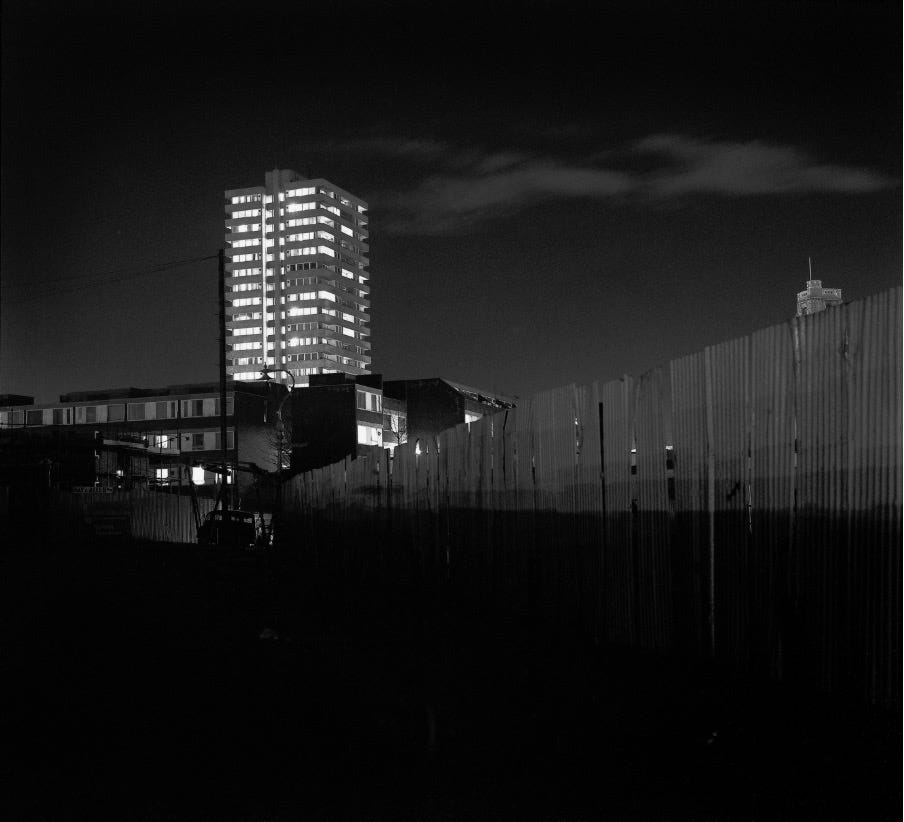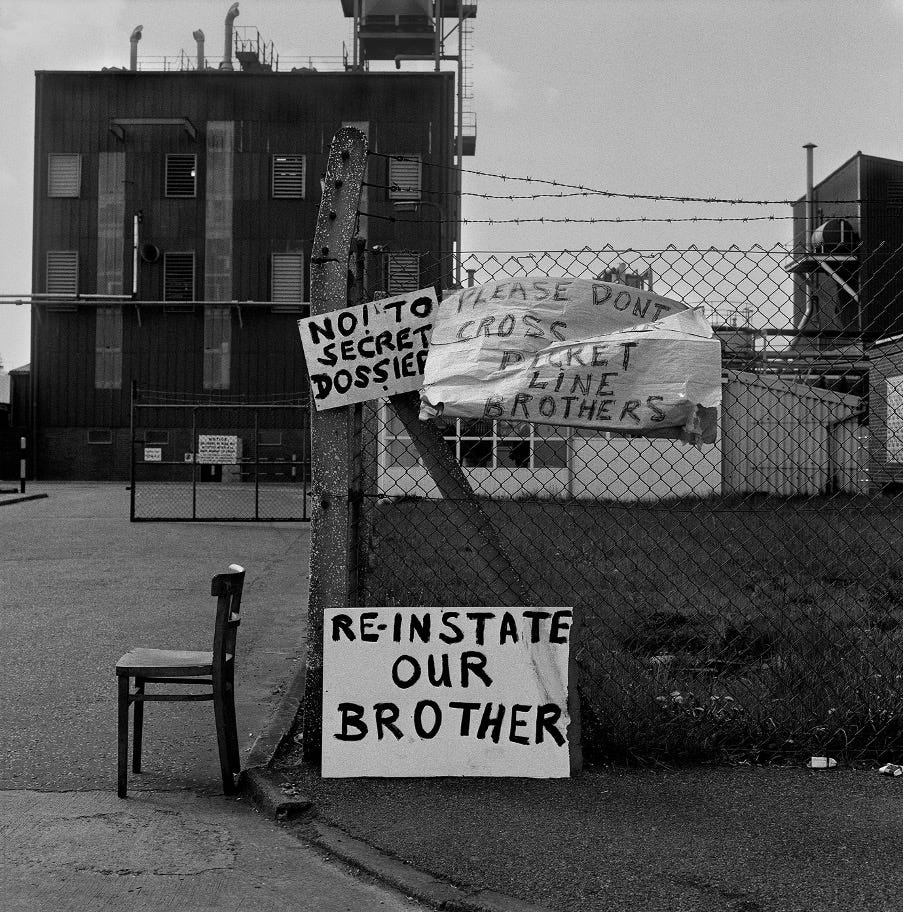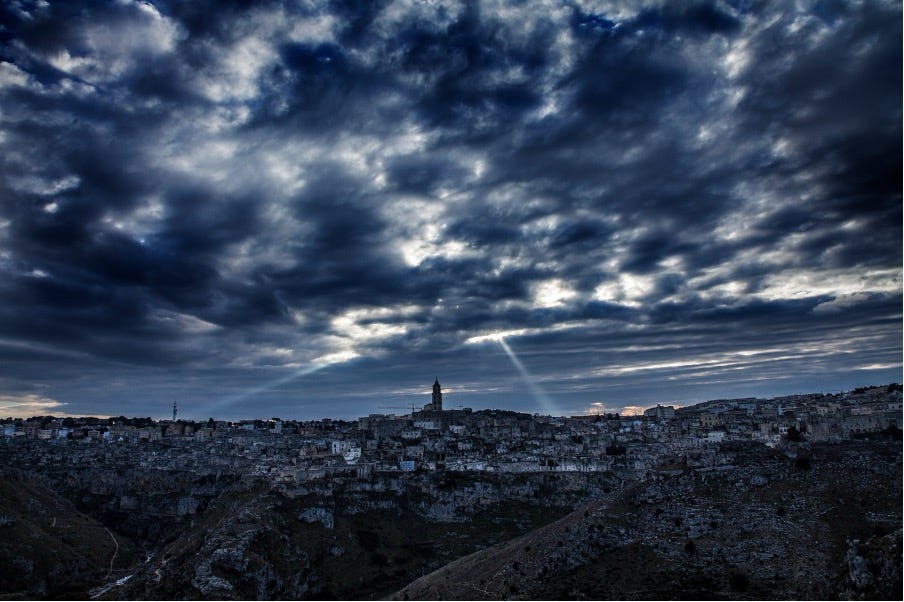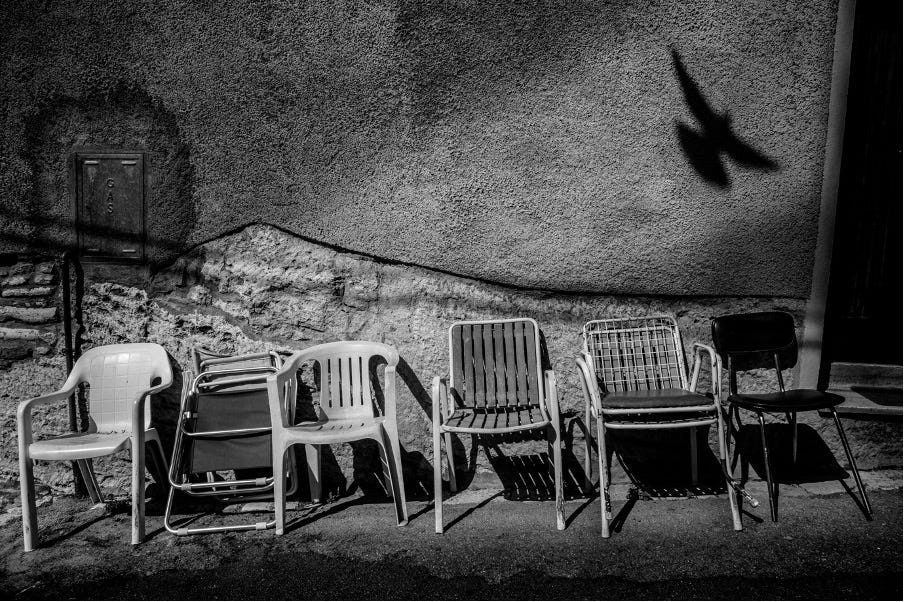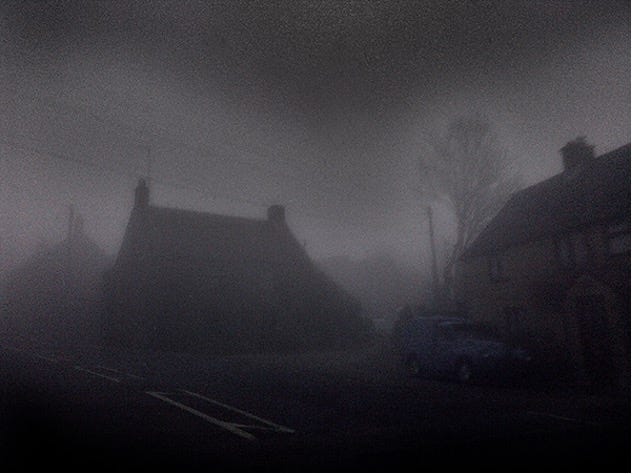Architects, urban-planners and sociologists understand and contend
with the reality that Cities grown and evolve.
When a given local younger generation wish to move on
to new apartments in the sky
or to areas which have better schools serving the wealthier middle classes,
new immigrants, young artists
and other alternative individuals
(usually meaning those who reject the milquetoast existence of their parents)
begin to move in.
Eventually when the property prices have been sufficiently driven down,
the developers swarm like sharks to construct contemporary walled enclaves
for the newly arising young middle classes, and so it goes on.
Every exposure, taken at a never repeated moment in history,
becomes reminiscent and evocative of our collective pasts.
For the first time in the mid 1960s I encountered,
city, town and village life and architecture in Europe.
Having been born in the US and studied for a year in London.
I was overwhelmed by the organic/holistic sense of life,
especially in the small towns and the walled hill-top villages.
I struggled to answer how could I contend with moving back
to American suburban blocks and dreamless little boxes? *
How could I exchange a French or Italian street market
for a supermarket or a mall?
In Italy in particular I saw beauty everywhere.
This factory had handsome brick work and as a shape and volume
it was both looming and imposing.
But is was closed, redundant, ready for the scrap pile,
to be replaced by tiny houses, cheaply constructed,
subject to damp spores and moulds sufficient to threaten health.
The problem with having a social/historical/political view of the world
is that I am constantly inhibiting my sense of pleasure
in exchange for an increase in understanding the realities of things around me.
The above photograph is where the meaning of a place changes
because of events within of around it.
I learned many years ago that as a photographer
I wanted only to be a witness,
one revealing truths (as I understood them)
adding to the sum of human understanding.
None the less, as a shadow of that desire to be a witness,
there have been too many times
I have seen the consequences of what I have thought of
as rank injustice played against the poor and powerless
by those empowered.
Thus I have moments of judging (against my better judgement).
As in last week’s images of LANDSCAPES,
the above were photographed
with the square middle-sized format Hasselblad
on analogue film,
as opposed to the images below shot in my digital age.
In the above two photographs,
drama and storytelling is uncovered in the mundane.
The ‘everyday’ becomes something more emotive,
more alluding to things other than a town in late afternoon
or a café waiting its old men to arrive.
These cityscapes, set into a group of images,
would bring with them portents, perhaps mystery
and at the least a way to signal more layers of reality;
that is to imply there are metaphoric references
locked in our cultural norms and stories.
Whereas the photograph below,
made on my mobile phone camera on a rainy day
through our windscreen while moving,
relies on the softness of the light,
the monochrome of the fog laden town-and landscape
and the lack of detail
which offer an almost cinematic image.
The wonderful clarity, sharpness and tonal and material detail
captured in the two digital images above help carry the subject,
whereas the mistiness of the image below
carries the subject but in an opposite way.
Here blurred form rather than sharp detail
does the work of creating the sense/tone/atmosphere of the image.
*A fragment of Pete Seeger singing, reminding me of home.
https://music.apple.com/gb/album/little-boxes/203793320?i=203793340




